43 fun facts about food labels
Food Labels | Nutrition.gov Food Labels Food labels can help you make healthy choices when buying food in grocery stores or restaurants. Labeling Organic Products USDA, Agricultural Marketing Service, National Organic Program Learn about organic foods, requirements, and how they are labeled. Calories on the Menu HHS, Food and Drug Administration Figuring Out Food Labels (for Kids) - Nemours KidsHealth In addition to total carbohydrate, the food label lists dietary fiber, total sugar, and added sugars per serving. Some foods naturally contain sugar, like fruit and milk. Snack foods, candy, and soda, though, often have added sugars. Added sugars add calories without important nutrients. Protein
10 Food Label Facts - It Takes Time These facts are based on the Food Label Quiz found here. 1. If you're looking to avoid GMOs (Genetically Modified Organisms), don't trust the word "natural" on the label. The Consumer Reports Food Safety and Sustainability Centertestedmore than 80 processed foods containing corn or soy looking for genetically engineered (GE) DNA.
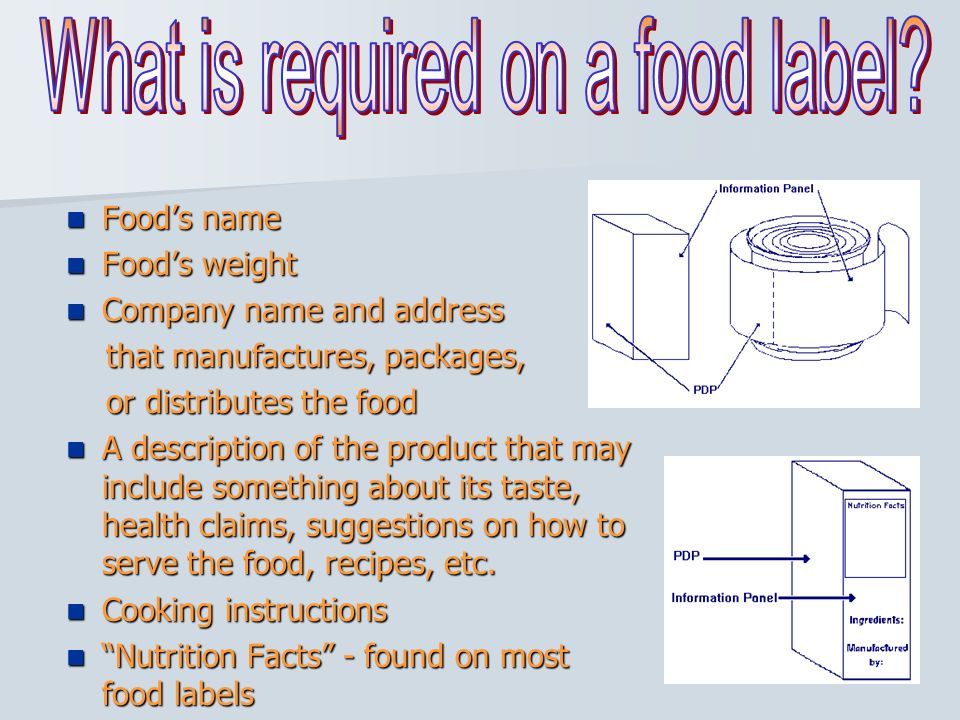
Fun facts about food labels
10 Things You Didn't Know About Food Labels - Food Tank Here are ten things to consider when reading food labels - and remember, often what's NOT on the label is as important as what is on the label. 1. A global set of guidelines known as the Codex Alimentarius forms the World Food Code. For most of human history, the majority of food was produced, sold, and consumed locally. Learn How the Nutrition Facts Label Can Help You Improve Your Health The Nutrition Facts label on packaged foods is based on updated science and dietary recommendations for Americans. Using the label can help you choose foods for a healthy diet. The label is required on all packaged foods made in the United States and imported from other countries. The US Food and Drug Administration (FDA) issued regulations in ... 10 Surprisingly Unfamiliar Nutrition Facts Label Facts All of that aside here are 10 little known facts about the nutrition facts label: Foods with less than five calories meet the definition of "calorie free" If fat is present at a level below 0.5 g, the level of fat is expressed as 0 g
Fun facts about food labels. Get the Facts: Know Your Food Label | Health Powered Kids Find the Serving Size and Servings Per Container. Remember: all of the nutrition information on the label is based on one serving of the food. A package of food often has more than one serving! Find the calories. They are the "fuel" our bodies need for our daily activities. The calories listed are for one serving. 100 Fun Food Facts You Wont Believe Are True - The Fact Site A common red food dye, carminic acid, is made from the crushed bodies of a beetle called the Dactylopius coccus. This acid is used in maraschino cherries, strawberry and raspberry flavored candy, and lipstick. Crackers are worse for your teeth than sugar. Acid is the biggest cause of tooth decay, not sugar! 10 Important Food Label Facts - Wellness Media 10 Important Food Label Facts 1. If you're looking to avoid GMOs (Genetically Modified Organisms) don't trust the word "natural" on the label. The Consumer Reports Food Safety and Sustainability Center tested more than 80 processed foods containing corn or soy looking for genetically engineered (GE) DNA. 8 Surprising Facts About Nutrition Labels - Back to the Roots Blog Food labels break down total fat into saturated fats and trans fats (stay away from these), and total carbohydrates are broken down into dietary fibers (the good stuff) and sugars (the not so good stuff). 4. %DV
100 Mind-Blowing Facts About Food — Eat This Not That It will appear on your food label under the guise of "confectioner's glaze." 13 Nutmeg can cause hallucinations Shutterstock Too much of a spice can be a bad thing, and nutmeg is no exception. If you have two or more teaspoons of the spice, it can actually cause hallucinations! 14 Cucumbers are mostly water Shutterstock How To Read Food and Beverage Labels - National Institute on Aging At the top of the Nutrition Facts label, you will find the total number of servings in the container and the food or beverage's serving size. The serving size on the label is based on the amount of food that people may typically eat at one time and is not a recommendation of how much to eat. Read more about serving and portion sizes. 90 Amazing and Fun Facts About Food - Next Luxury India produces, consumes, and exports the most chili peppers in the world. They really love their chili. 2. Cashews grow on apples. Unlike most other nuts and seeds, cashews grow outside of the fruit instead of inside it. 3. Broccoli contains more protein than steak. If you need a protein boost, get stuck into some boiled broccoli. 4. 14 Bizarre Ingredients Hidden in Your Food Labels Food labels contain so many different information - from calorie count, nutritional information to ingredients. So what is the secret? Well, some of the ingredients that we consume daily in our favorite food come from the strangest places. For example, bread contains an ingredient that is derived from human hair. Yuck!
Food Labels | CDC - Centers for Disease Control and Prevention If you eat the whole thing, you are eating 8 times the amount of calories, carbs, fat, etc., shown on the label. Total Carbohydrate shows you types of carbs in the food, including sugar and fiber. Choose foods with more fiber, vitamins, and minerals. Choose foods with lower calories, saturated fat, sodium, and added sugars. Avoid trans fat. Understanding Food Labels - The Nutrition Source The label lists the calorie amount for one serving of food. The serving size, also important but often unnoticed, is easily doubled or tripled when not paying attention to the serving size, quickly inflating the calories. Highlighting both of these values emphasizes their importance and relationship. Understanding Nutrition Facts on Food Labels - enKo Products In 2016, the FDA made the following changes to the nutrition facts label: 1. The serving size is now more conspicuous, with the font becoming larger and bolded. Some food packages contain more than one serving, so the serving size lets the customers know if they're already eating too much from one pack. 2. The New Nutrition Facts Label | FDA - U.S. Food and Drug Administration The U.S. Food and Drug Administration (FDA) has updated the Nutrition Facts label on packaged foods and drinks. FDA is requiring changes to the Nutrition Facts label based on updated scientific ...
Facts on Food Labeling And What You Should Know [INFOGRAPHIC] Food labeling is a requirement for most prepared foods, like: Cereals Breads Frozen foods Canned foods Desserts Snacks Beverages Nutritional labels for raw product s (vegetables and fruits) as well as for fish is voluntary. These types of products are referred to as "conventional" foods.
How to Understand and Use the Nutrition Facts Label | FDA - U.S. Food ... It's important to realize that all the nutrient amounts shown on the label, including the number of calories, refer to the size of the serving. Pay attention to the serving size, especially how ...
Friday Fun Facts About Food Labels And Ingredients 1 teaspoon of margarine is the size of one dice; 3 ounces of meat is the size of a deck of cards; 1 cup of pasta is the size of a baseball; 1½ ounces of cheese is the size of four stacked dice
There's a New Nutrition Facts Label. Here's What You Need to Know In May 2016, the FDA finalized new Nutritional Facts label designs that better reflect today's nutritional needs. By now, most larger food manufacturers have already made the switch; smaller companies have until 2021. The original Nutritional Facts labels—now more than 20 years old—have been tweaked to mirror current scientific research ...
10 Surprisingly Unfamiliar Nutrition Facts Label Facts All of that aside here are 10 little known facts about the nutrition facts label: Foods with less than five calories meet the definition of "calorie free" If fat is present at a level below 0.5 g, the level of fat is expressed as 0 g
Learn How the Nutrition Facts Label Can Help You Improve Your Health The Nutrition Facts label on packaged foods is based on updated science and dietary recommendations for Americans. Using the label can help you choose foods for a healthy diet. The label is required on all packaged foods made in the United States and imported from other countries. The US Food and Drug Administration (FDA) issued regulations in ...
10 Things You Didn't Know About Food Labels - Food Tank Here are ten things to consider when reading food labels - and remember, often what's NOT on the label is as important as what is on the label. 1. A global set of guidelines known as the Codex Alimentarius forms the World Food Code. For most of human history, the majority of food was produced, sold, and consumed locally.


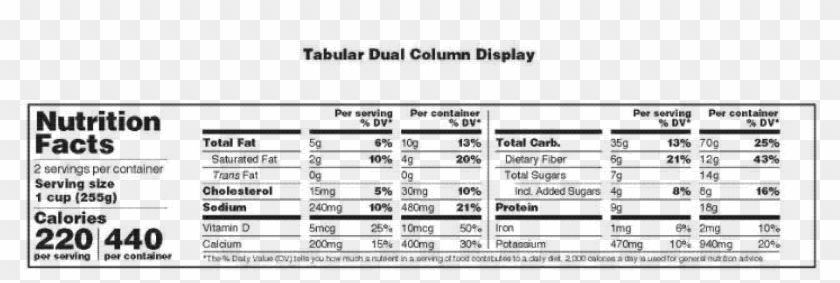
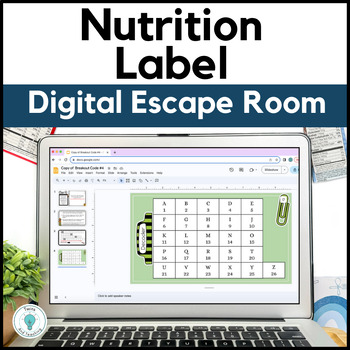


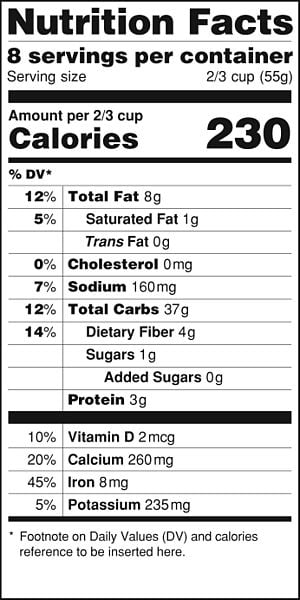
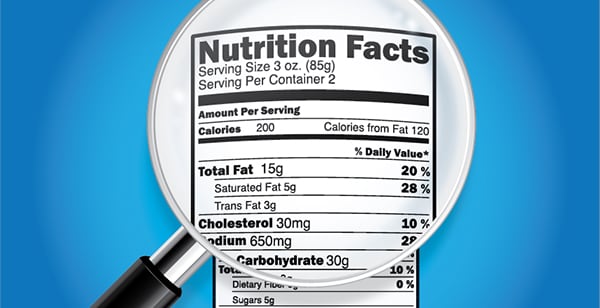
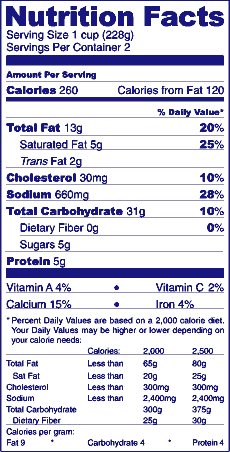


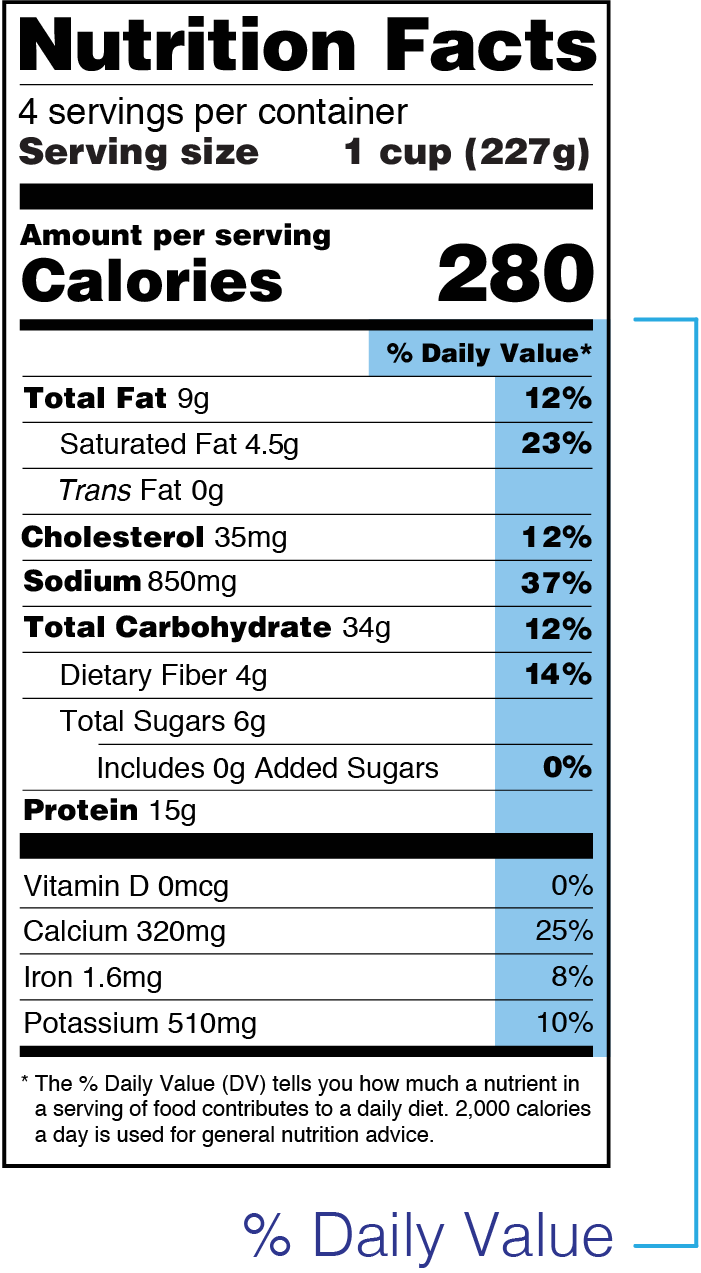




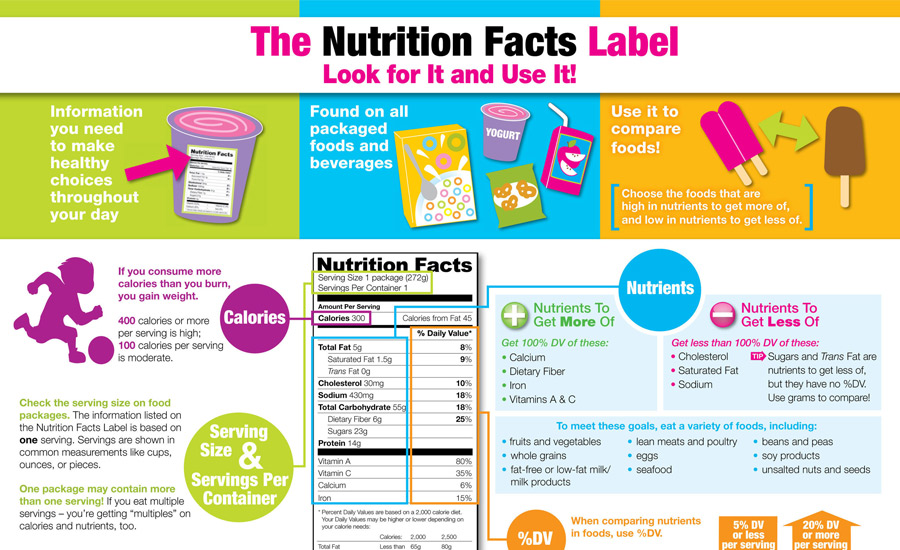


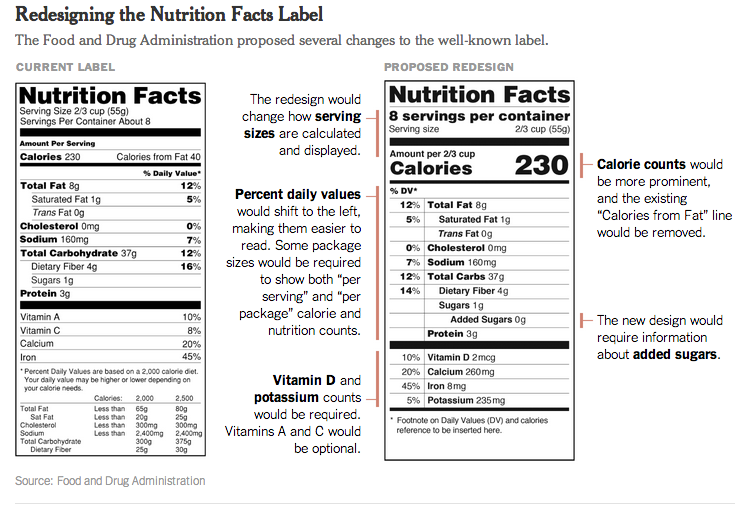
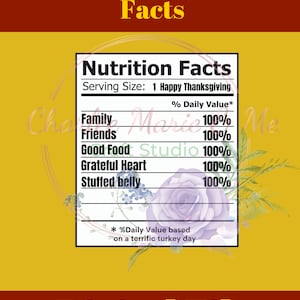



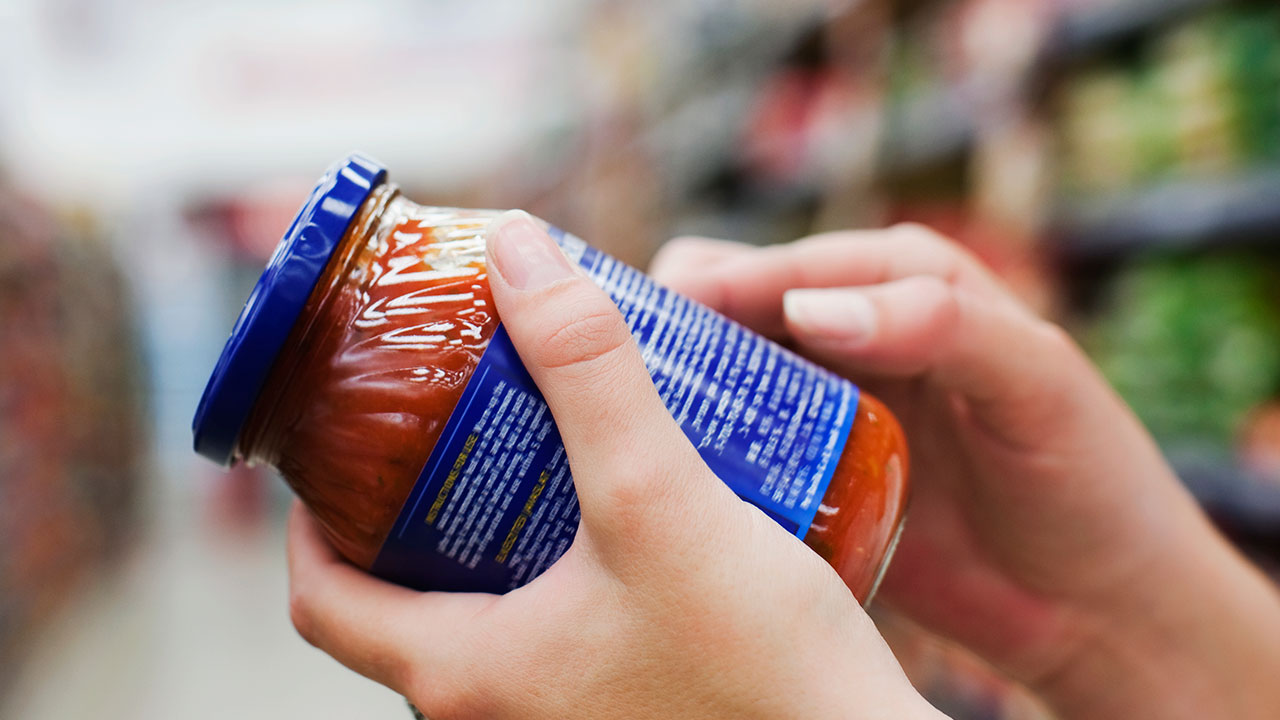
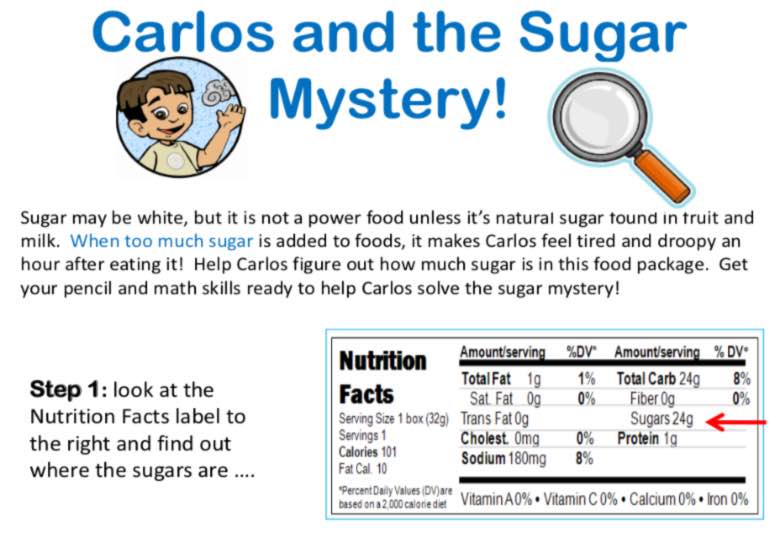
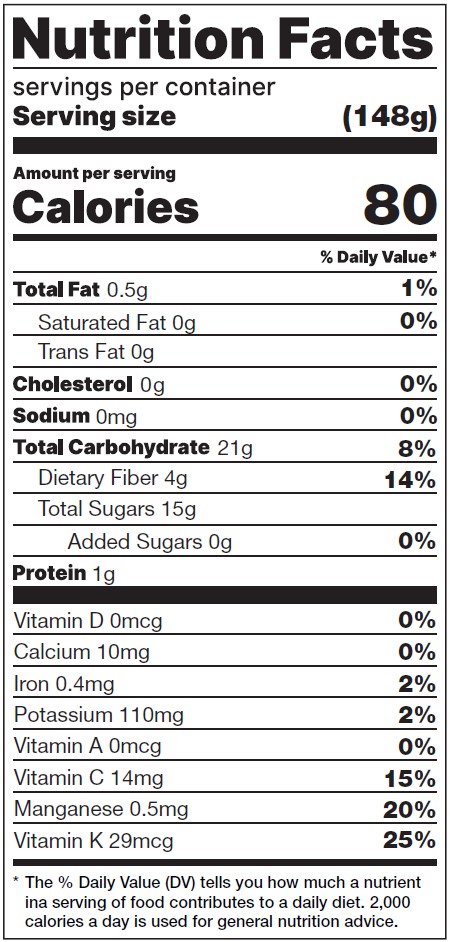

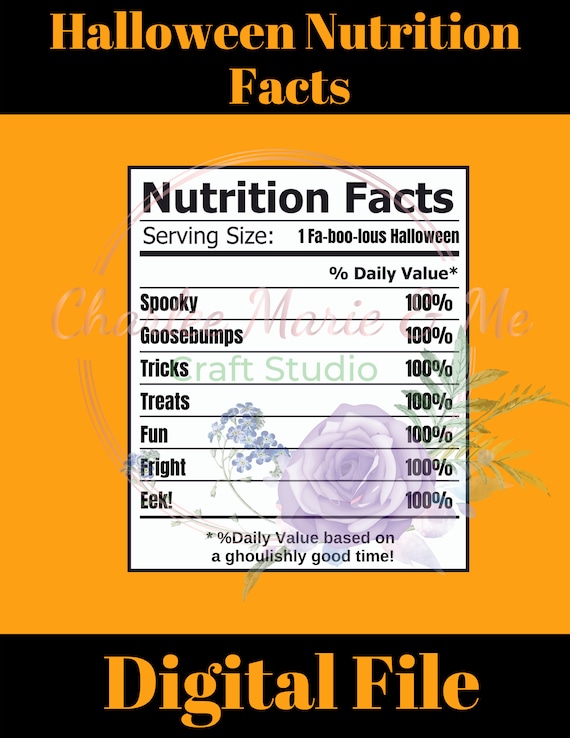
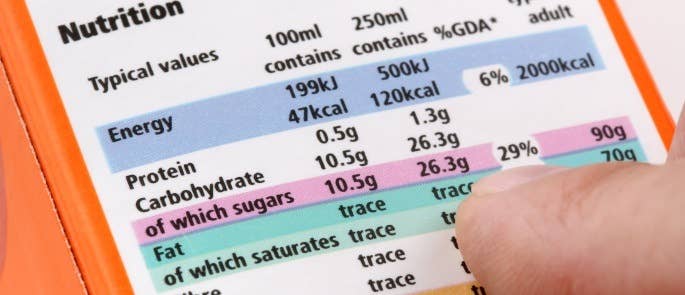
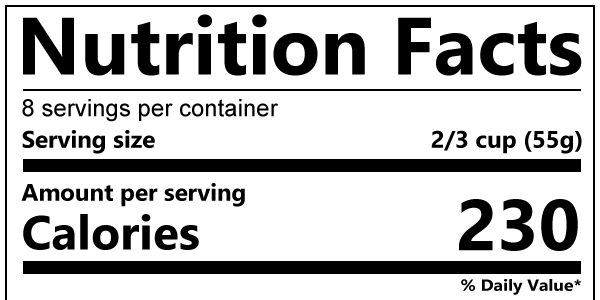

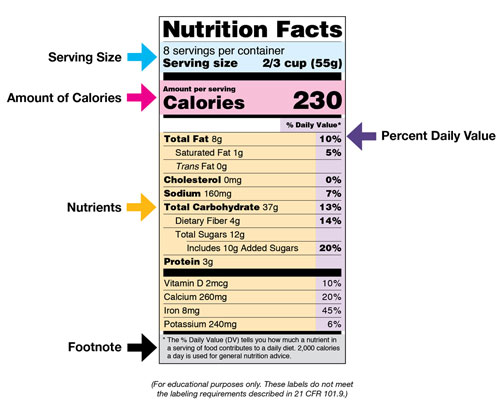

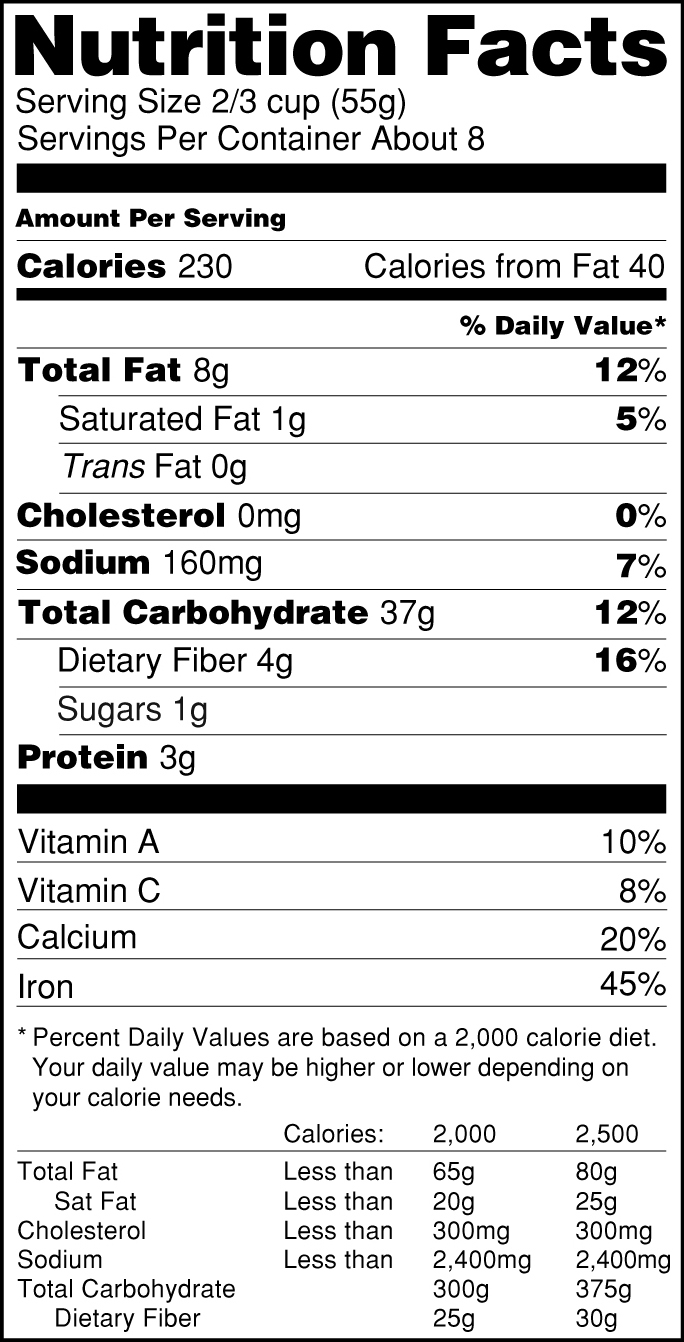
Post a Comment for "43 fun facts about food labels"